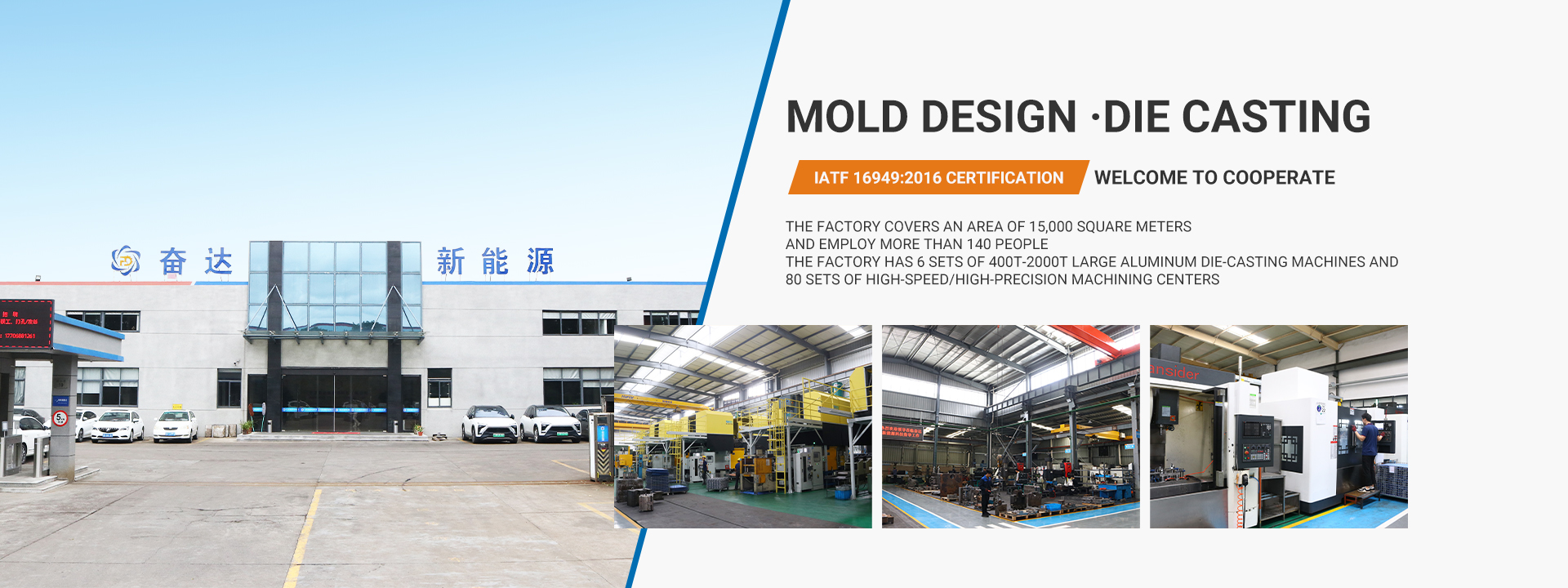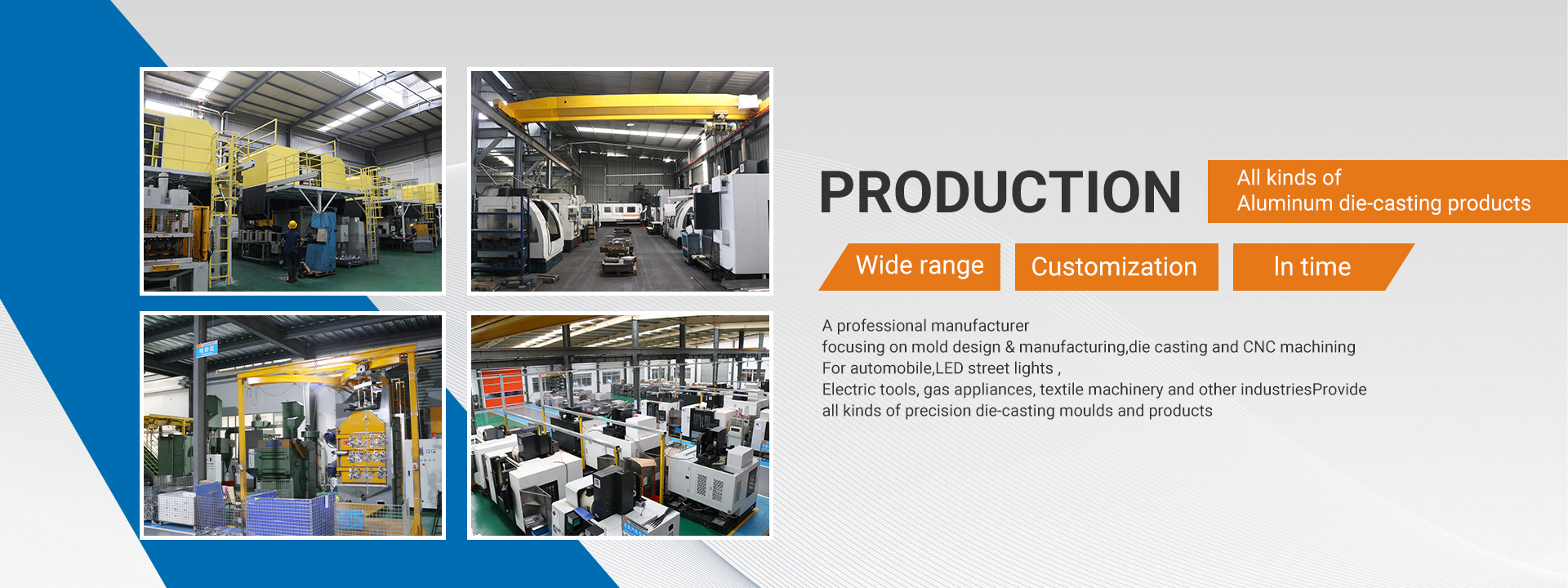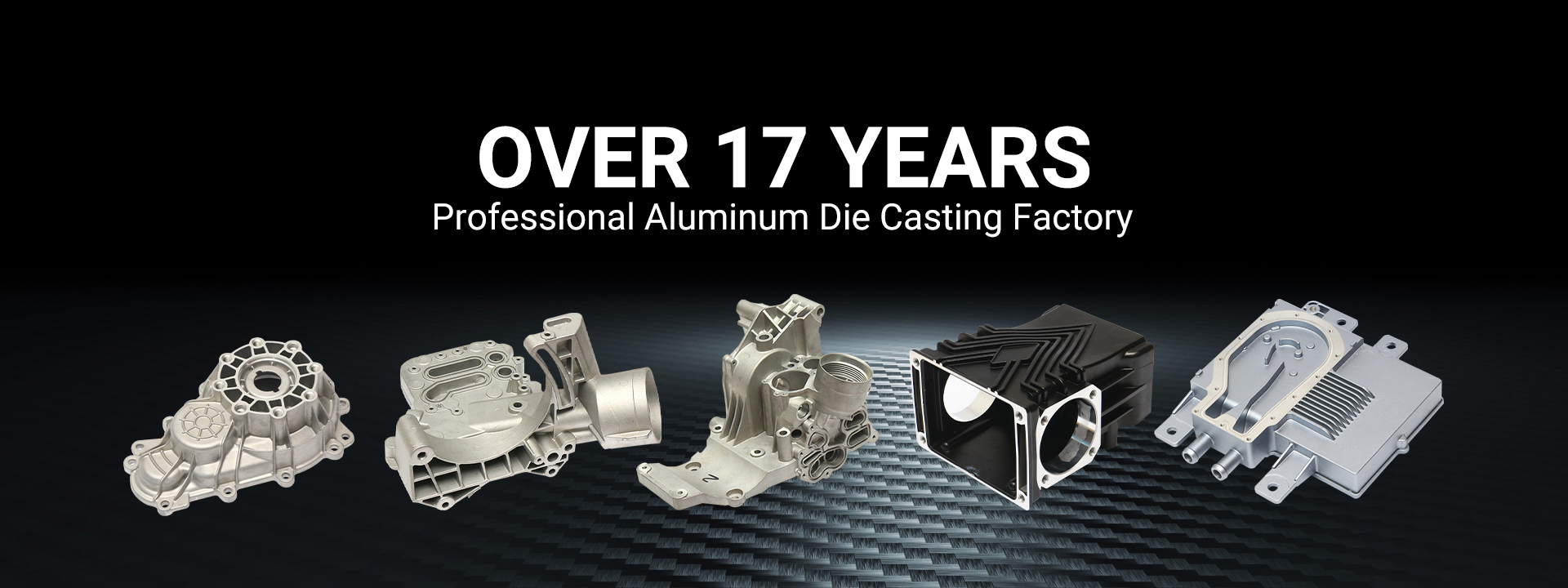1. Selection of Die Casting Mold Materials
In terms of the selection of mold materials, the current mainstream choice is H13 steel material, which is forged using the rough forging process. Through high-temperature quenching and tempering treatment, the carbides in the steel material form a reasonable streamline distribution, with a more uniform distribution. After forging treatment, the hardness of the steel material can reach 46-49HRC, which improves the wear resistance, corrosion resistance, and The fatigue resistance has been greatly improved.
2. Optimizing the Structural Design of Die Casting Dies
The use of reasonable structural design in die casting molds can prolong their service life.
For example:
① The stepped core can reduce the adhesion force of metal liquid on the surface of the die casting mold;
② The twin core casting structure can reduce the impact of molten metal on the slender core;
③ Properly increasing the cross section of the ingate can increase the flow rate of the molten metal and reduce the impact of the molten metal on the die casting mold;
④ The integral overflow groove structure can effectively reduce the deformation of die castings and improve the quality of die castings;
⑤ Splicing will reduce the overall stiffness of the cavity, and this factor should be taken into account in the structural design of die-casting molds;
⑥ Design an insert structure at the location where cracks often appear in the die casting mold. During the use of the mold, if cracks occur, the entire mold does not need to be replaced. Simply replacing the insert can extend the service life of the main part of the die casting mold and effectively save costs.
Fenda Mold | Die Casting Mold Solution
Post time: Oct-17-2023



